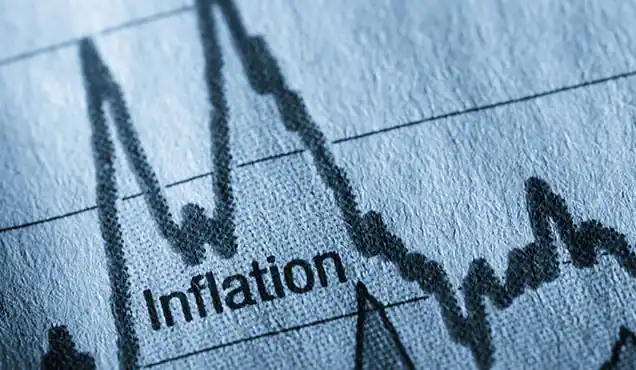How much will inflation cost between FY 2001-02 and FY 2022-23? On June 15, 2022, the CBDT announced the Cost of Inflation Index for Capital Gains for the FY 2022–23 and the AY 2023–24. As you might be aware, the base year was changed from the previous FY 1981–1982 to FY 2001–2002.
Modification of the Capital Gain Indexation Base Year
The Government suggested changing the base year used to determine the indexation benefit from 1981 to 2001 in Budget 2017. Keep in mind that while the change in the base year affects all asset classes, the impact varies for assets including real estate, unlisted shares, gold, and bond funds that benefit from indexation advantages on long-term capital gains. The foundation year for capital gain calculations up until the end of March 2017 was 1981. As a result, the purchase price of an asset acquired before to April 1, 1981, may be determined using the fair market value of that year. But starting on April 1, 2017, the purchase price will be determined using the 2001 fair market value. As a result, the fair market value as of 2001 will also be used to compute capital gains on assets bought prior to 1 April 2001.
What is CII, or the Cost of Inflation Index?
A proportion of expansion is utilized for processing Long Term Capital Gains (LTCG) on the offer of capital resources according to IT Section.48.
It is declared for each Financial Year yet not in light of the Assessment Year. Consequently, the material pace of CII will be for that specific monetary year.
To show up at a capital increase, computing the LTCG is especially significant. For this reason Cost of Inflation Index is an unquestionable requirement.
Take an illustration of how the listed expense of obtaining will be determined utilizing the Cost of Inflation Index or CII.
The equation is as underneath.
Recorded Cost of Acquisition=(Cost of Acquisition/Cost of Inflation Index (CII) for the year wherein the resource was first held by the assessee OR FY 2001-02, whichever is later)* Cost of the Inflation Index (CII) for the year where the resource was sold or moved.
Allow us to expect that you bought the property in FY 2005-06 at Rs.50 lakh and sold something similar in FY 2017-18 at Rs.1.5 Cr. Presently the recorded expense of procurement will be according to the above recipe for example
Filed Cost of Acquisition=(Rs.50 lakh/117)*272=Rs.1,16,23,931. So the Long Term Capital Gain=Selling Price-Indexed Cost of purchasing property=Rs.33,76,069.
(Note according to the beneath Cost of Inflation Index (CII), the CII rate for FY 2017-18 is 272 and for FY 2005-06, it is 117).
Nonetheless, on the off chance that you don't consider the recorded expense, then, at that point, in plain the addition might be said as Rs.1 Cr lakh (Rs.1.5 Cr-Rs.50 Lakh). Be that as it may, on account of tax collection, the LTCG on capital resources will be in the wake of changing the expense of purchasing to expansion or the Cost of Inflation Index (CII).
